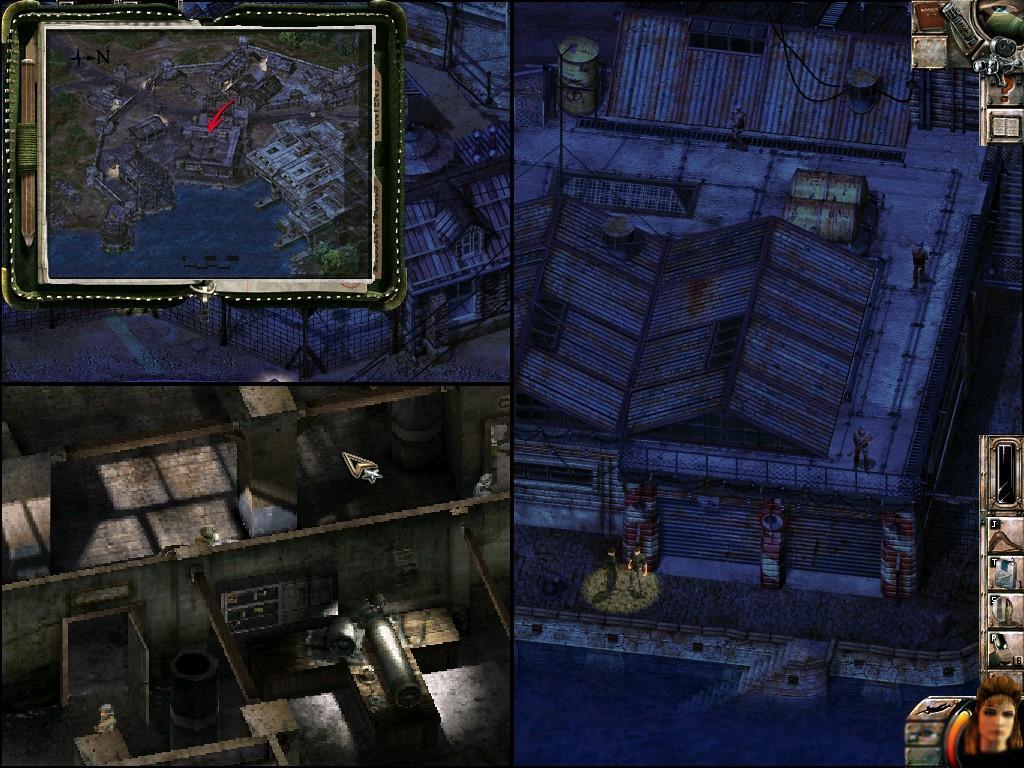
Field Marshal Bernard Montgomery and his 21st Army Group were charged with conducting the portentous assault into Germany, which was given the code-name Operation Plunder.

In addition, the ground lent itself to the possibility of large airborne operations in support of the complex river crossing. At this time, Allied brass targeted the Emmerich-Wesel area as a crossing point because of its strategic location close to the vital industrial Ruhr region, as well as the suitability of its terrain for a rapid breakout by mechanized forces once a bridgehead was gained. Planning for the crossing of the Rhine River had begun as early as October 1944.

By March 10, 1945, the Germans were forced to withdraw to the east bank of the Rhine River in a last effort to defend the German frontier itself. Consequently, the Allied steamroller once again began its relentless advance. Conversely, the Allies had, by mid-January 1945, not only beaten off the desperate German counterattack but also, despite the heavy losses sustained in the Battle of the Bulge, amassed almost four million men under arms in northwest Europe. Hitler’s failed gamble in the Ardennes in December 1944 exhausted what little reserves the Germans had been able to cobble together. The Canadian paratroopers now prepared for their next mission where they would once again be thrust into the forefront of battle. The battalion had just returned to England from its emergency deployment to the Ardennes where it assisted stemming the surprise German Christmas offensive. They quickly demonstrated themselves to be preeminent combat troops. The 6th subsequently distinguished itself during the Normandy invasion and breakout campaign in June-August 1944. Unsure of what to do with their paratrooper commands, the Canadian government attached them to the British 6th Airborne Division in the summer of 1943. But the continuing American and British development of these forces and subsequent belief that paratroopers were a defining element of a modern army led the Canadians in July 1942 to organize paratrooper units, though on a much smaller scale than their American and British counterparts. During the early years of the war, Canadian commanders and politicians dismissed the idea of airborne forces as a luxury the Canadian Army could not afford, and for which it had no use. The Canadian unit itself was a dark horse. Among those assembled for the briefing on Operation Varsity, the airborne assault that would breach the Rhine into the heart of the Reich, was a small group of Canadians who belonged to the 1st Canadian Parachute Battalion.

What would you think,” he posited to the troops, “if you saw a horde of ferocious, bloodthirsty paratroopers, bristling with weapons, cascading down upon you from the skies?” James Hill, the well-respected commander of the 3rd Parachute Brigade, “the artillery support is fantastic! And if you are worried about the kind of reception you’ll get, just put yourself in the place of the enemy. When it came, they were not disappointed. The assembled British and Canadian paratroop commanders awaited the briefing from their brigade commander on their next major operation.


 0 kommentar(er)
0 kommentar(er)
